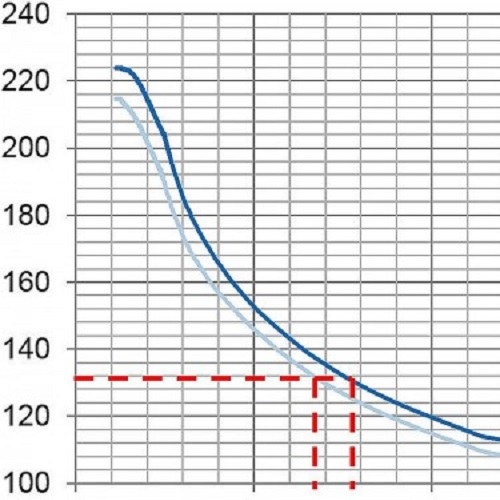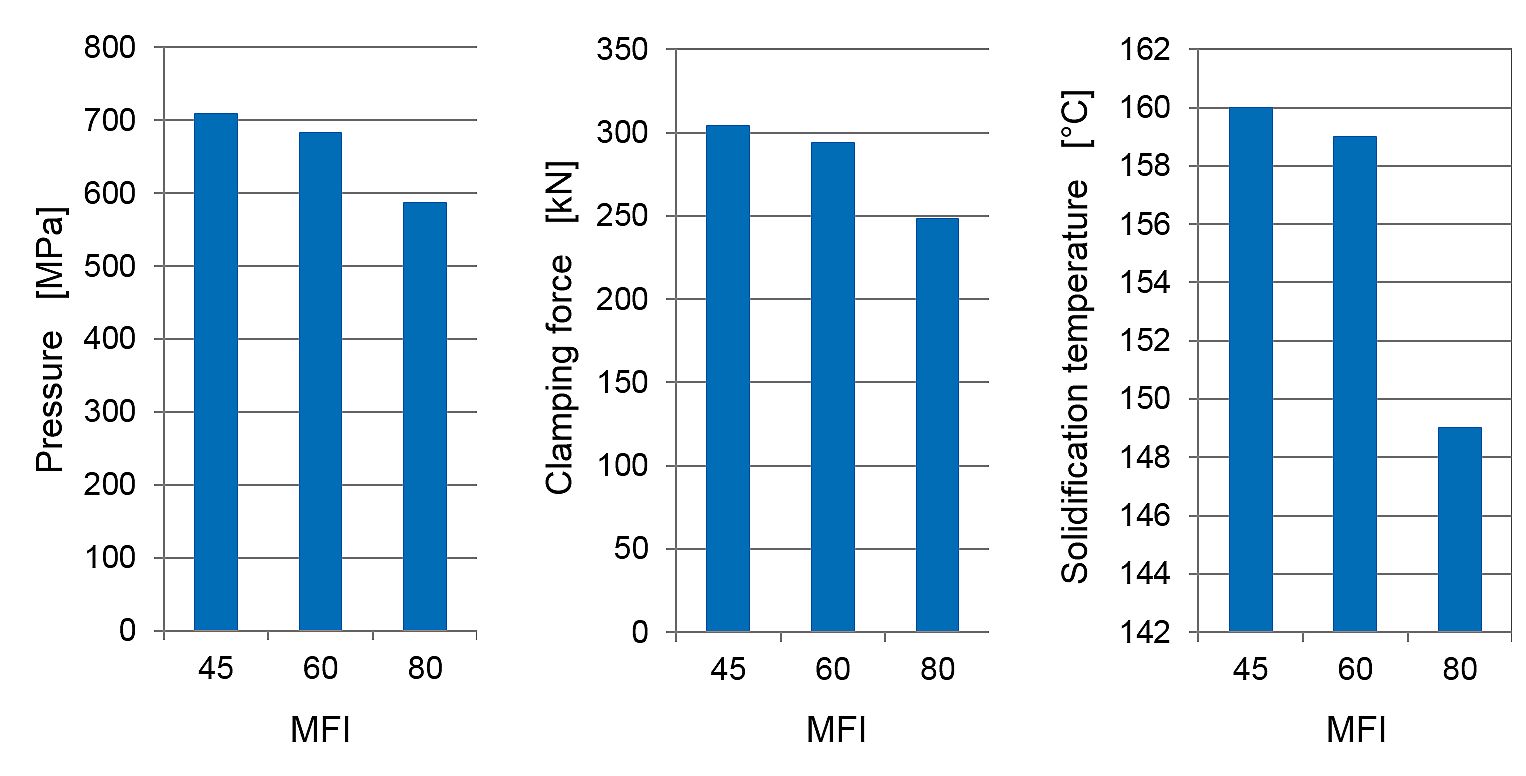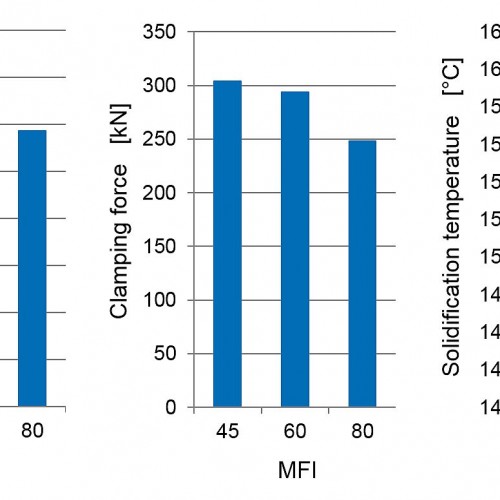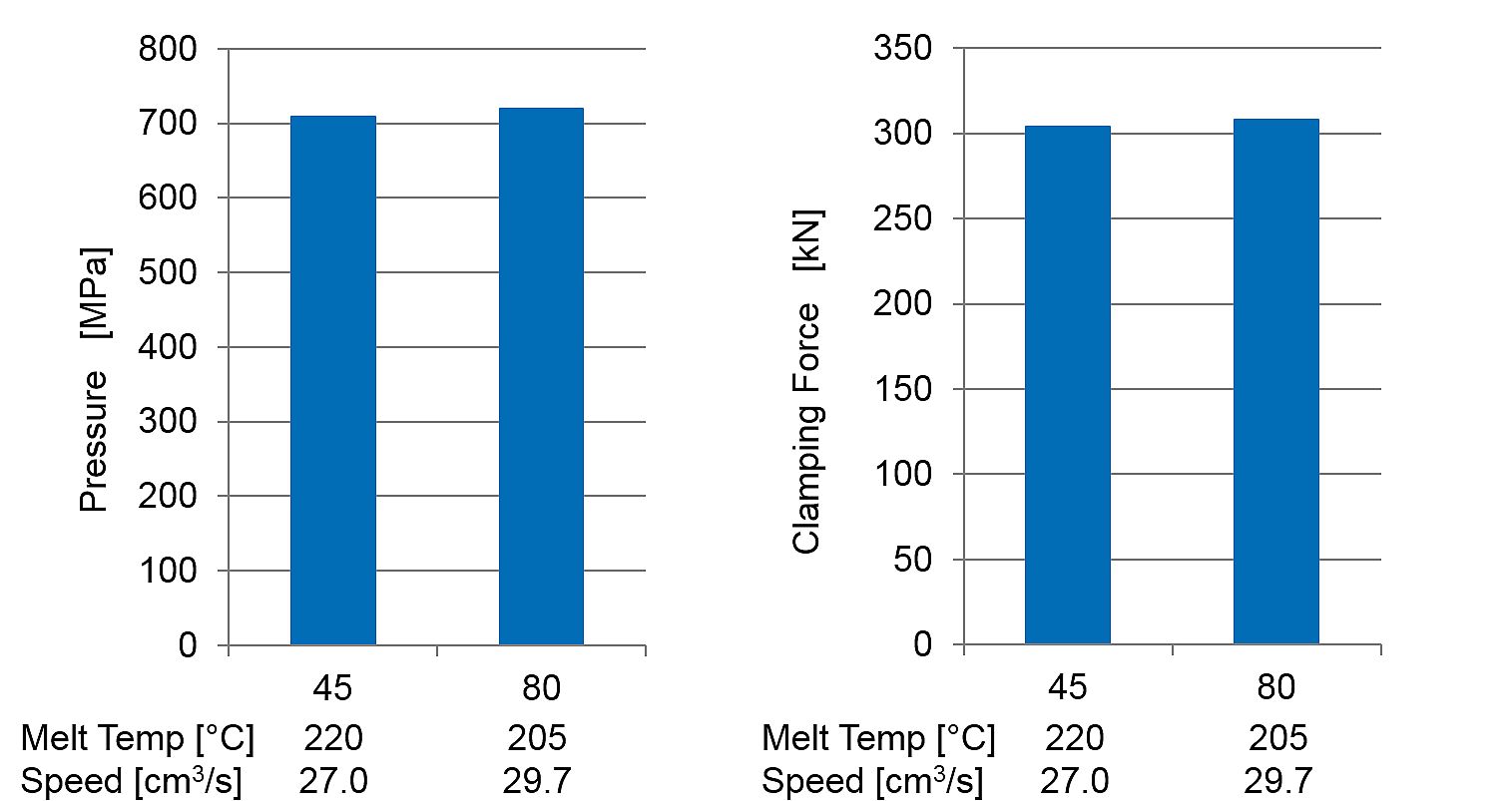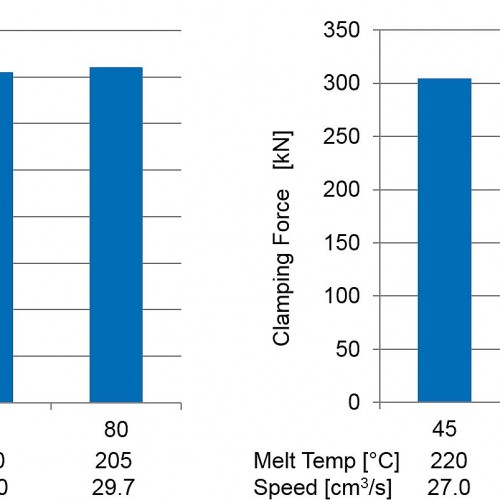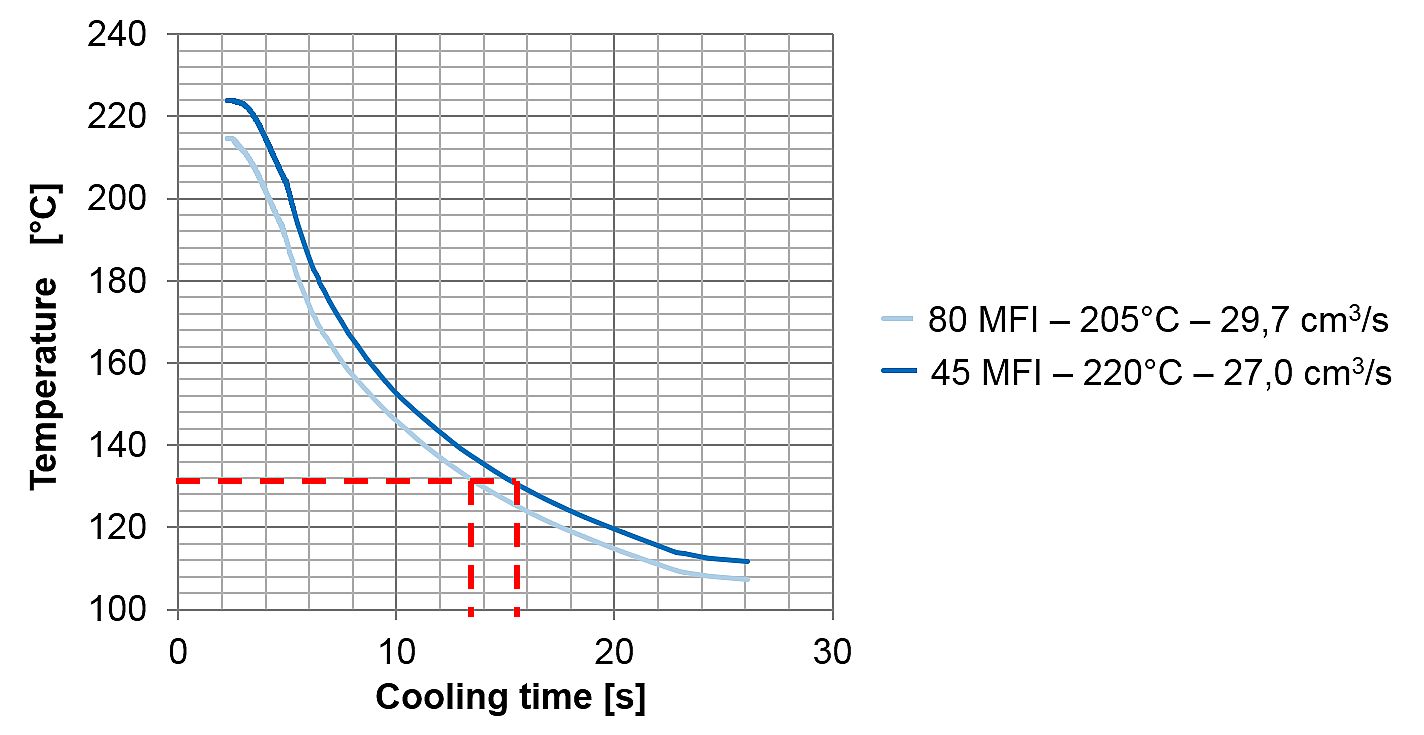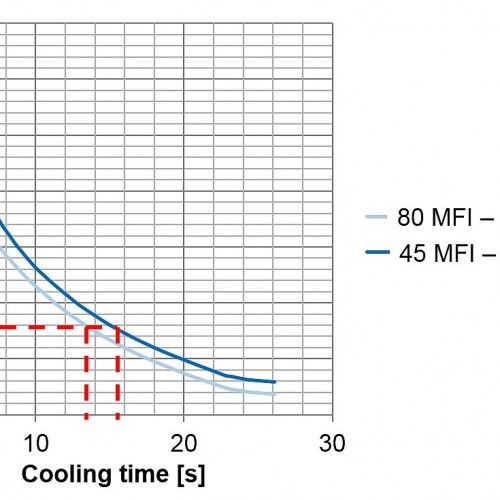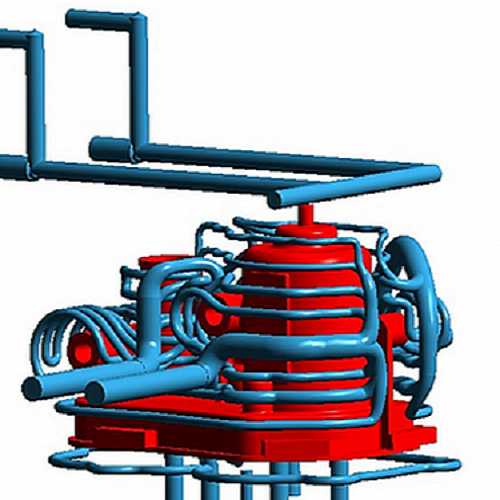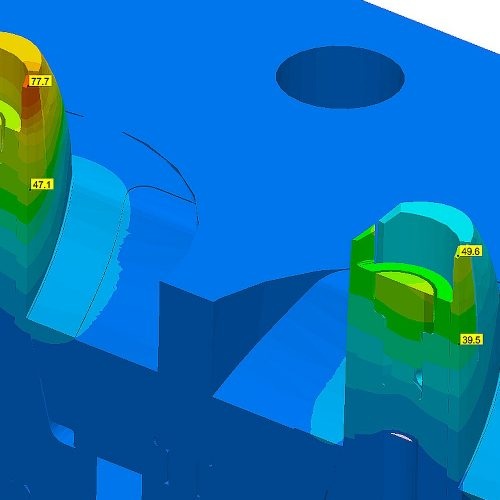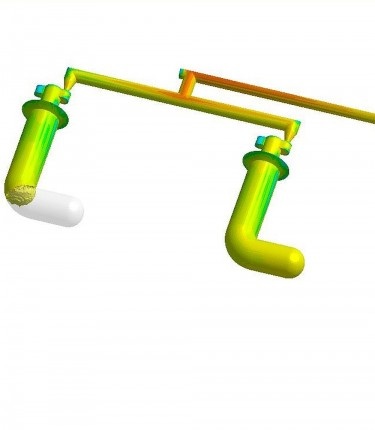The material selection strongly influences the part quality. Via Simulation, companies can easily find the best material configuration matching their specific requirements.
With an ever-increasing number of resin grades available, injection molders around the world are confronted with the challenge of finding the most suitable option for their processes. Several factors, depending on the application, affect the decision: price, performance, processability and energy consumption are counted amongst them.
The resin manufacturer Esenttia, headquartered in Cartagena de Indias, Colombia, supplies polypropylene and polyethylene grades to several countries worldwide. The company complements their grade portfolio with direct technical support - one of their goals being to help molders finding the most suitable material for their application.
In order to justify the larger cost of high-performance grades, the benefit of using a new material must be quantified. To evaluate performance, the engineers in Esenttia used to test the different grades at the customer production floor, replacing the current grade by a new one and evaluating directly parameters such as energy consumption, required molding pressure, molding temperature and part warpage.
While this method had proved to be successful, it was also time consuming and resource demanding. Esenttia decided to try the SIGMASOFT® Virtual Molding approach to evaluate their different resin grades and to show to their customers the advantages of using different grades. The objective was to replace the floor-trial by virtual-trial in the computer, and instead of doing measurements in a real machine, monitoring the behavior of process parameters in the simulation which would allow quantifying benefits regarding cycle time and energy consumption.
A real 4-cavity mold was used for comparison. All the mold components were considered in the simulation, including hot runner system and tempering channels. Each component in the mold was modelled with its real material properties. Three resins, with MFI of 45, 60 and 80, were run in the virtual mold. The cavities were filled at a constant flow rate of 27 cm3/s and 10 consecutive molding cycles were run. In the first trial, the melt temperature was kept at 220°C and the parameters of pressure demand, clamping force and solidification temperature were compared.
The results (Figure 1) demonstrate the benefits of using a higher MFI. When increasing the MFI from 45 to 80, the clamping force was reduced by about 19% and injection pressure dropped by 16%. Also, the solidification temperature was significantly reduced due to the reduced molding pressure, which increases post-pressure effects during molding and lowers the required molding temperature (and therefore the energy consumption).
Once the benefits of using a resin with higher MFI were quantified in a mold under the same processing conditions, it was analyzed which benefits could be achieved using a higher MFI resin while running a shorter cycle with lower energy consumption. The melt temperature decreased from 220° to 205°C and the injection speed increased from 27 cc/s to 29.7 cc/s. These parameters where chosen so that the pressure demand in the machine was similar for the 45 and 80 MFI (Figure 2).
Again, 10 consecutive molding cycles were run. Then the average temperature was monitored over the 25 s cycle time, comparing the 45 and 80 MFI grades. With the 80-MFI the average solidification time was reduced by about 2 s, as seen in Figure 3. This means, just by changing the MFI in the resin it was possible to shorten cycle time by 2.12 s (due to faster filling and faster cooling), while at the same time reducing energy consumption by lowering the required molding temperature.
The SIGMASOFT® Virtual Molding approach allowed Esenttia to replace real world trials and to get the same results, at lower effort and cost. It also delivered valuable information which could not be seen in the real machine, and to inexpensively try new production scenarios to quantify the benefits of using different resin grades.
